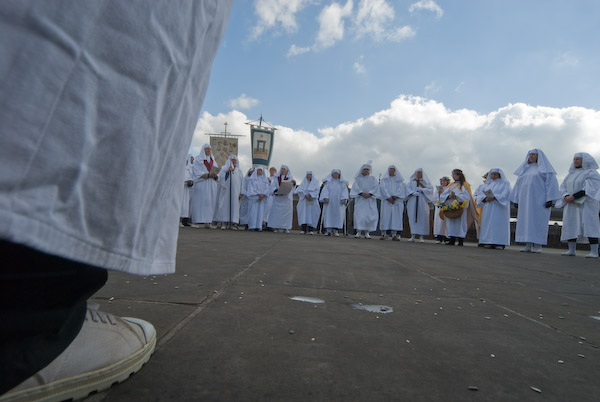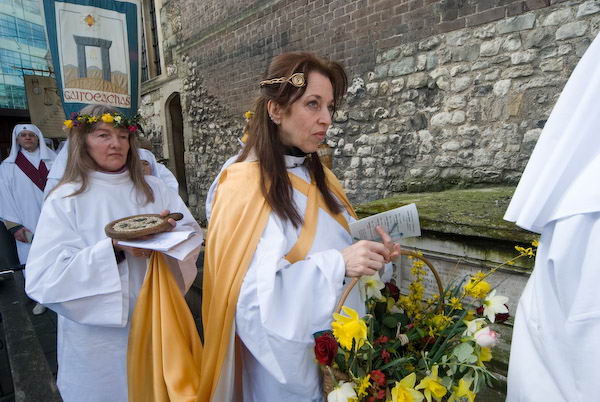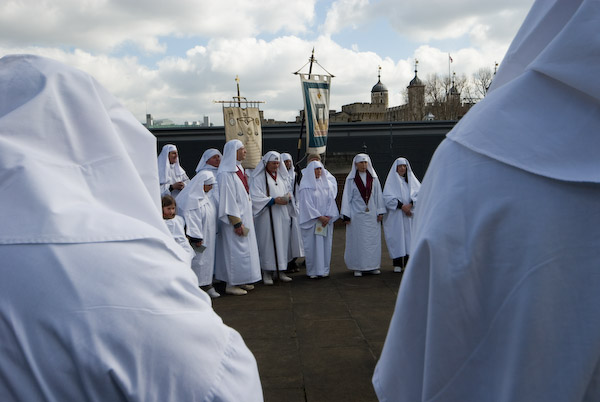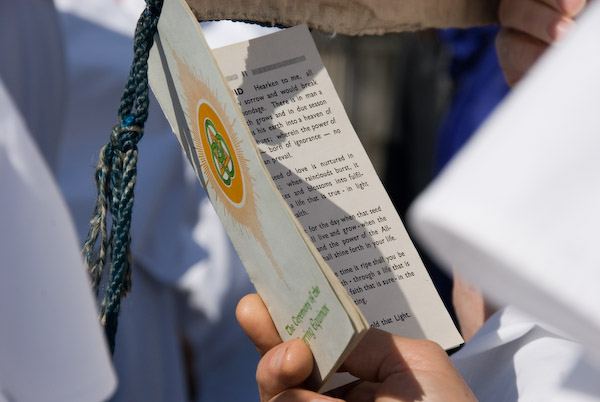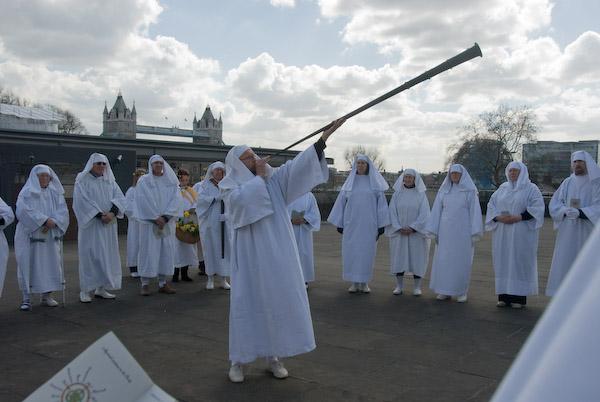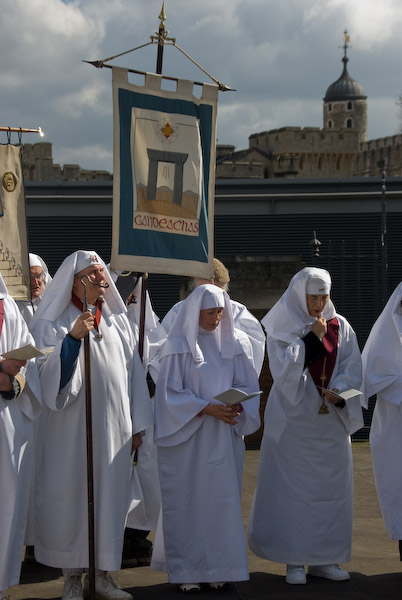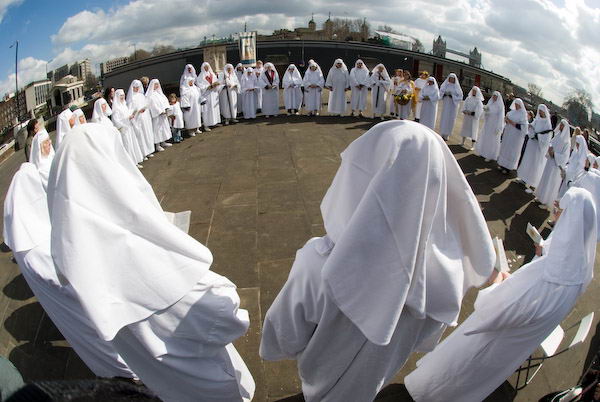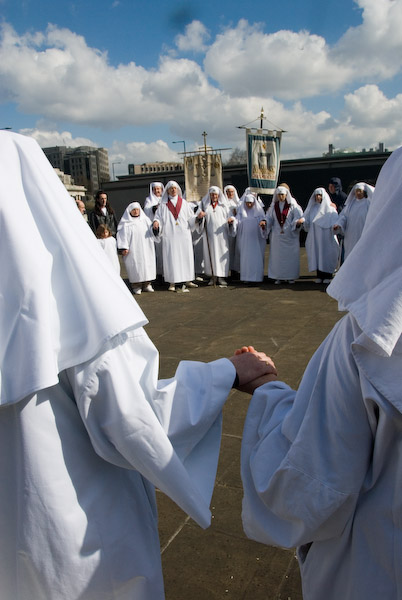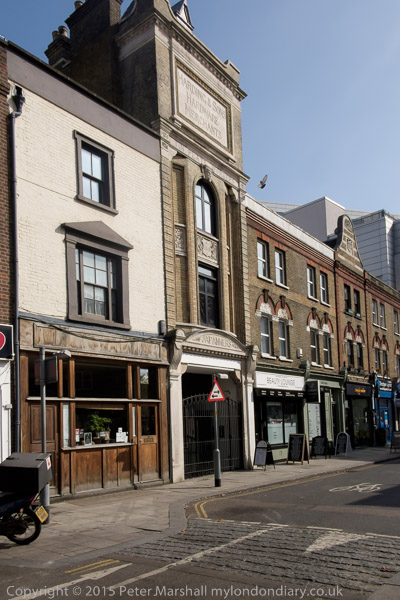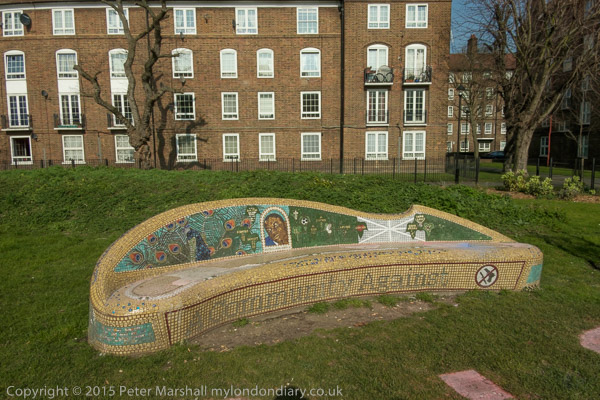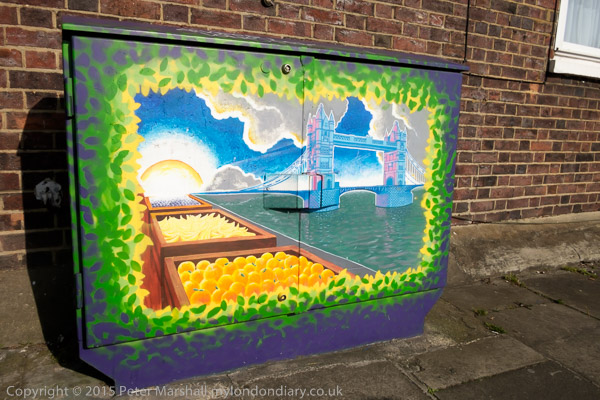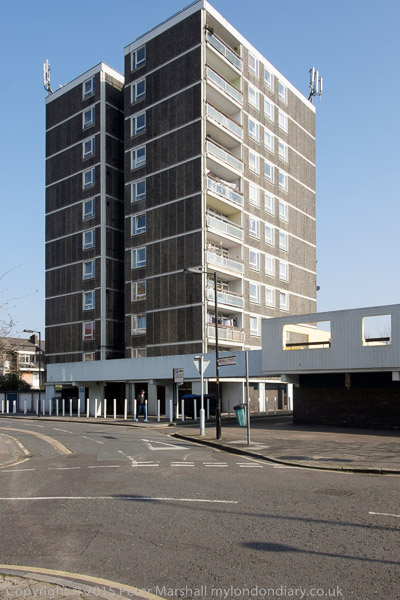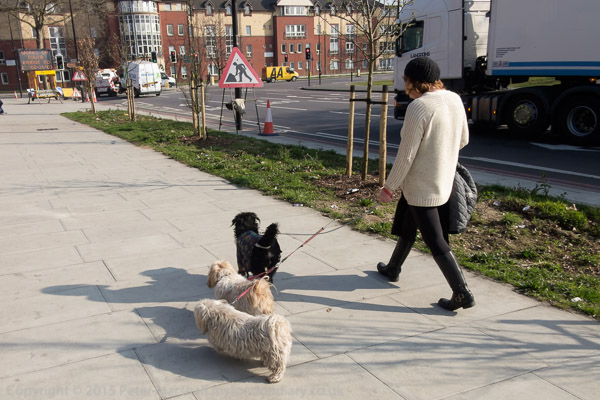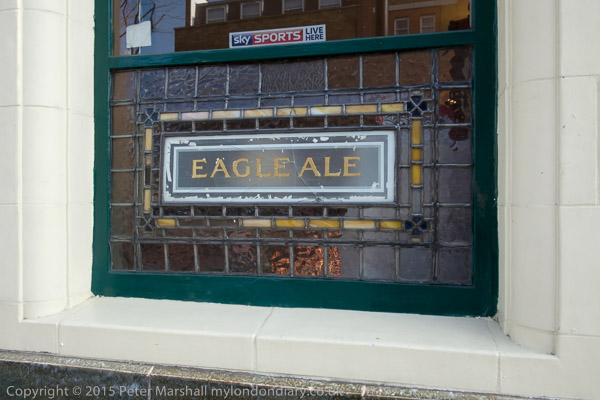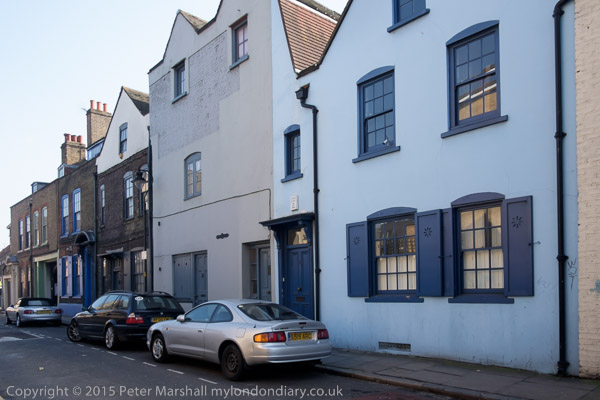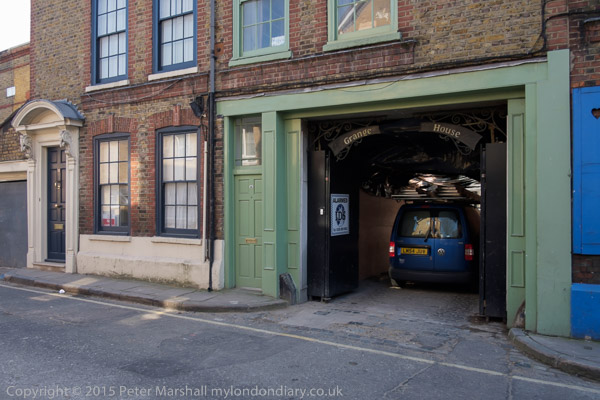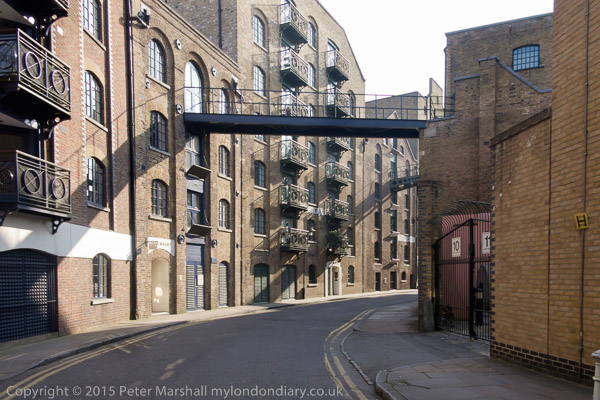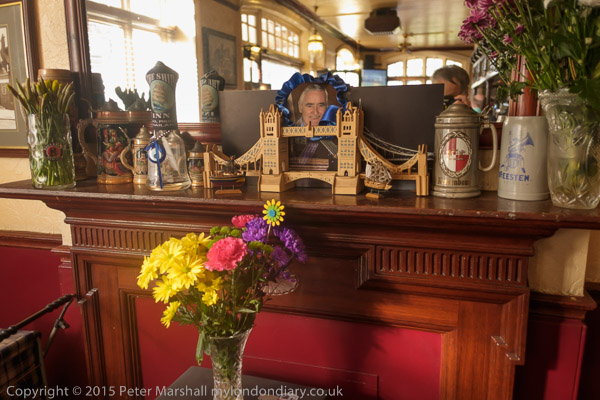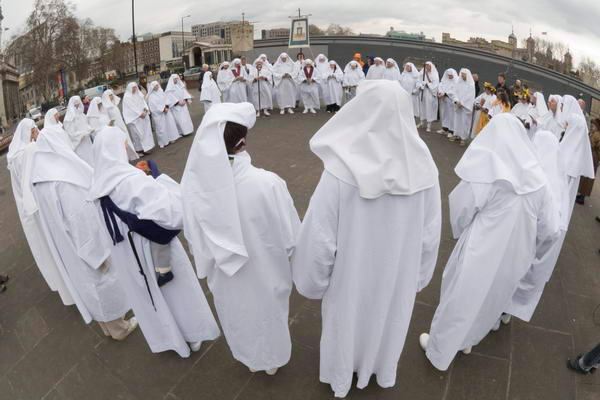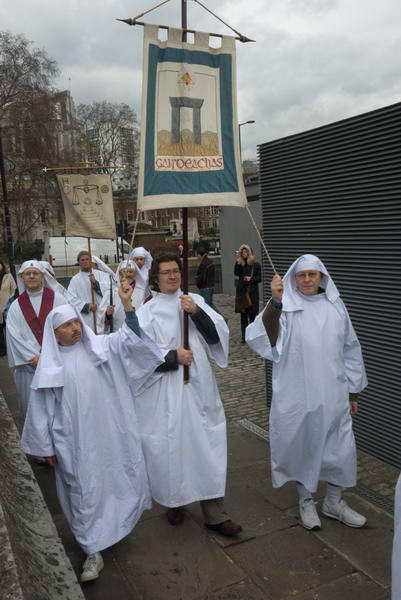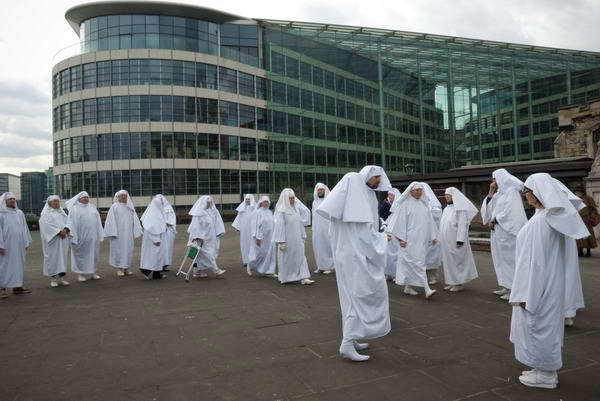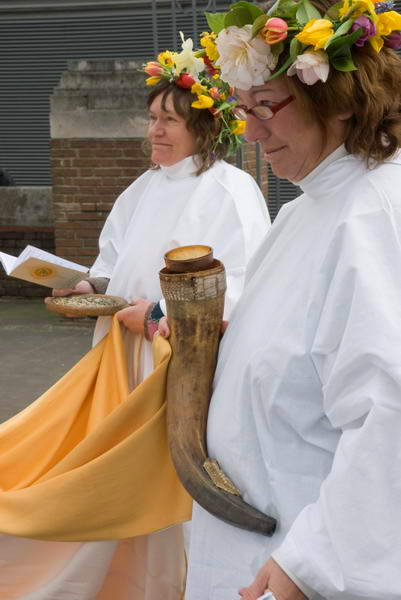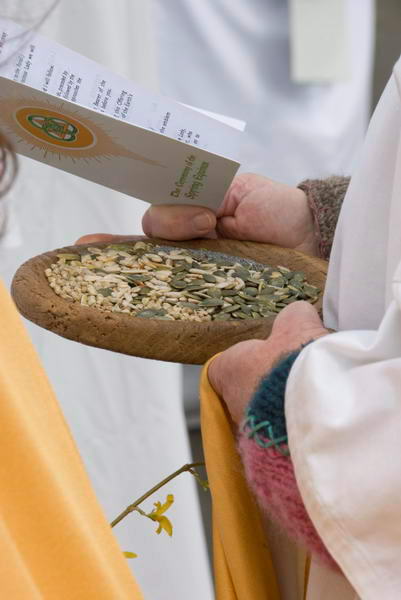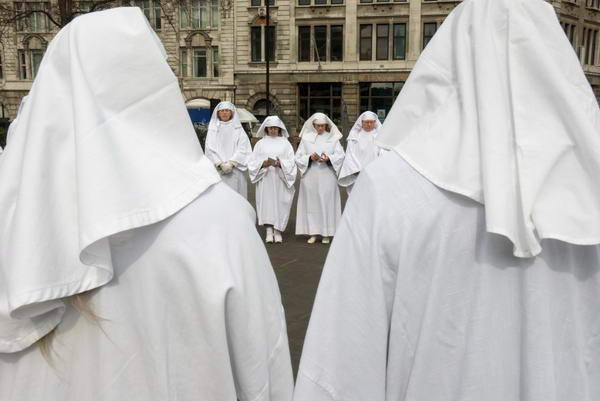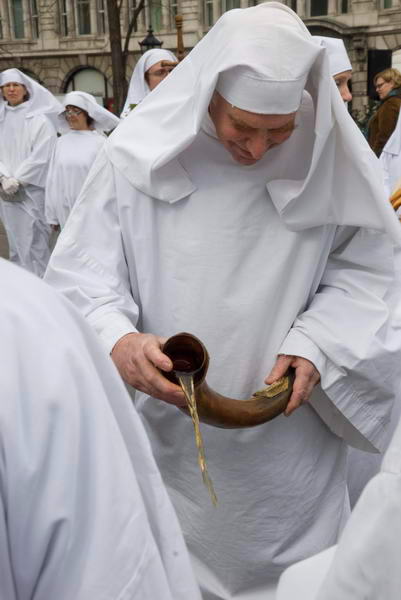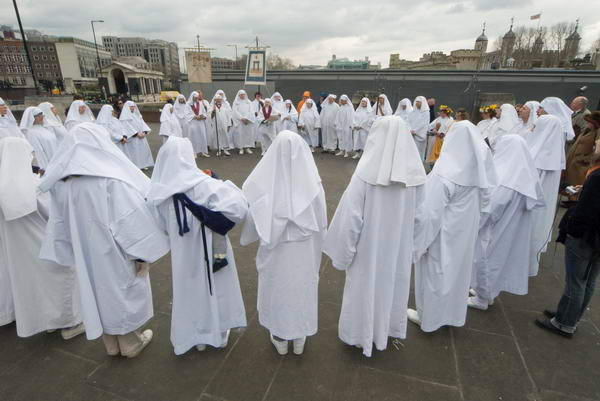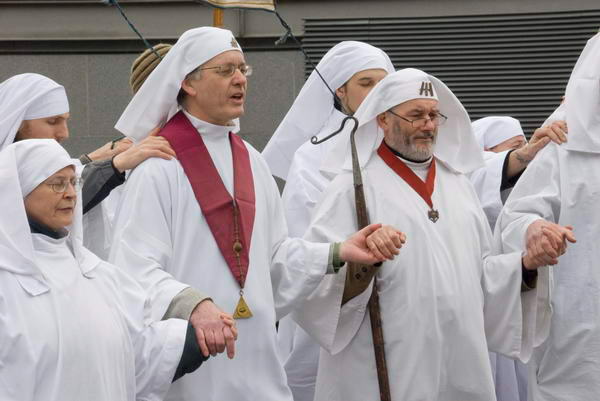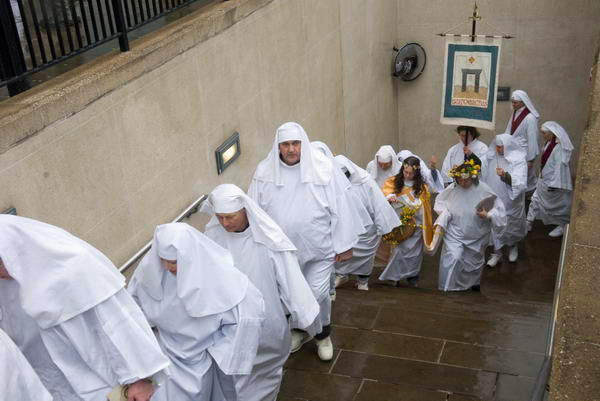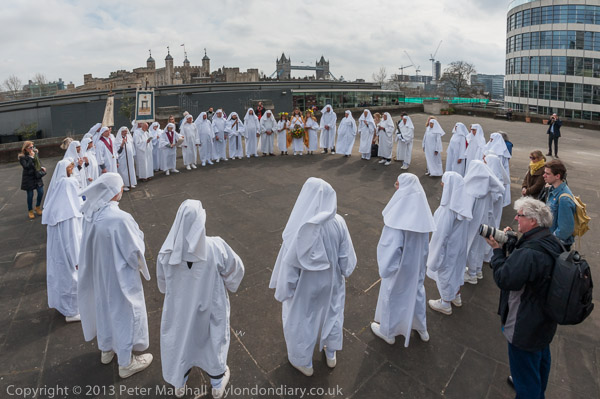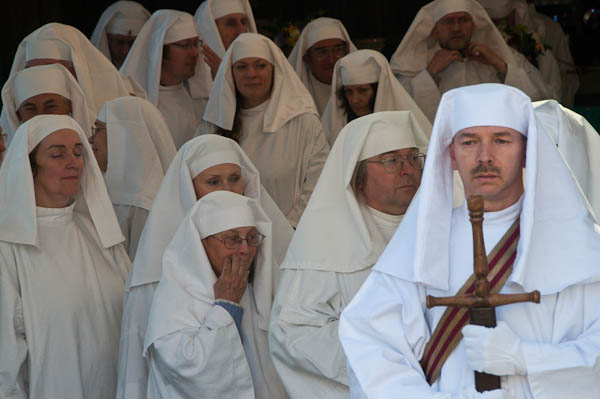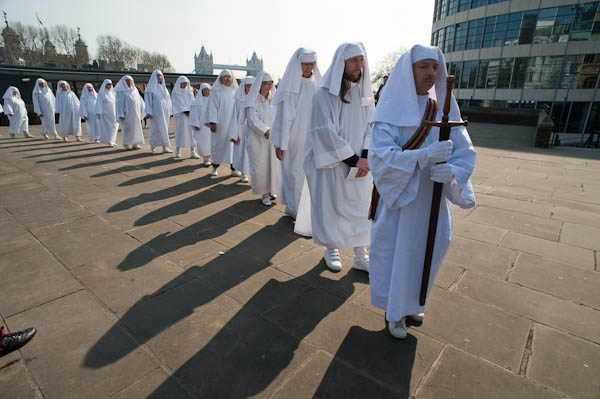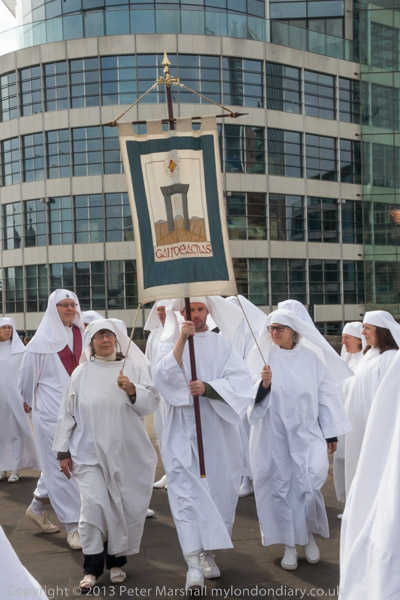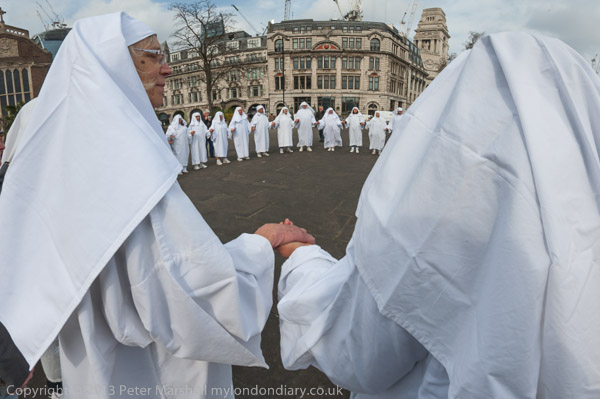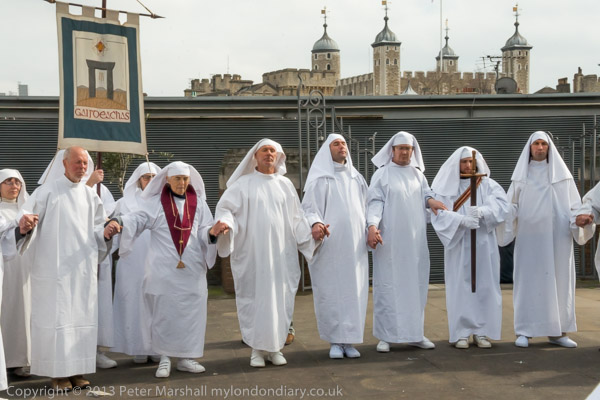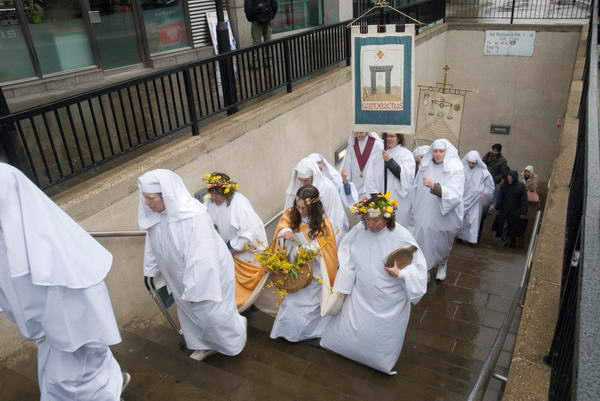Vaisakhi in Hounslow – Sunday 30th March 2008
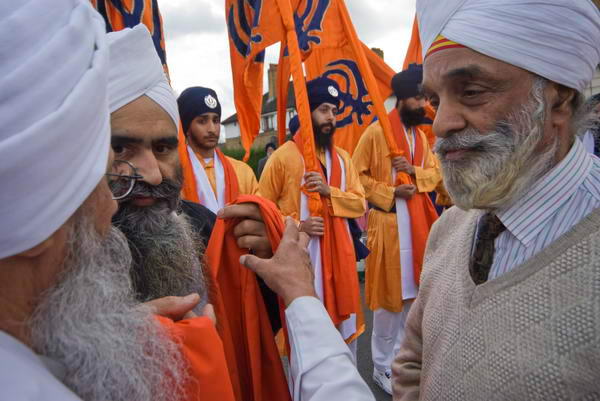
Vaisakhi is the traditional New Year and harvest festival of the Punjab in India and Pakistan and gained added significance for Sikhs, the majority population in the area when at Vaisakhi in 1699 Guru Gobind Singh, the 10th Guru, founded the Sikh nation with the establishment of the Khalsa Panth.
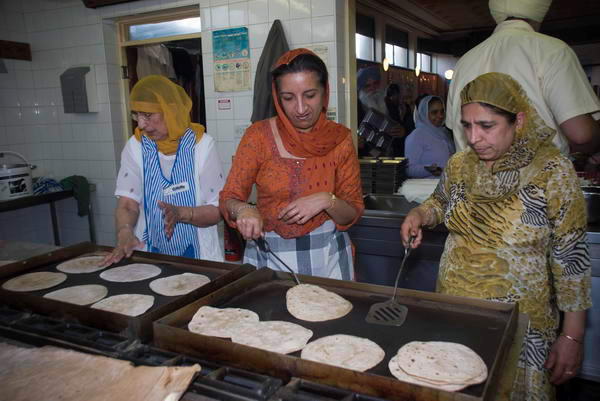
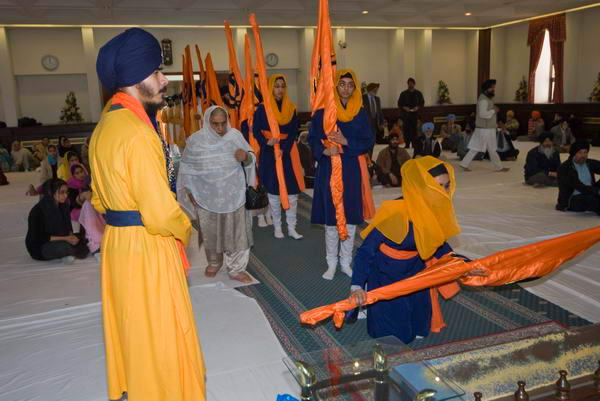
Vaisahki is actually the 13th or 14th of April each year, but the festival is celebrated over several weeks at different Gurdwaras. You can read more about Vaisakhi and see some of my earlier pictures from various Nagar Kirtan (Sikh processions) on My London Diary posts from 2004, 2005, 2006 and 2007 and although they follow a similar pattern there are differences. In Hounslow the event seemed to me to have more active participation by women and girls than in some of the others.
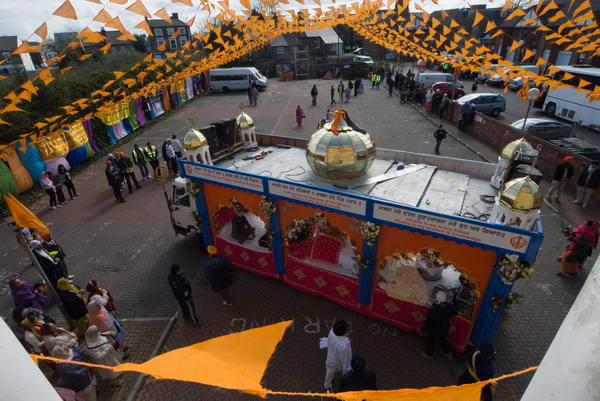
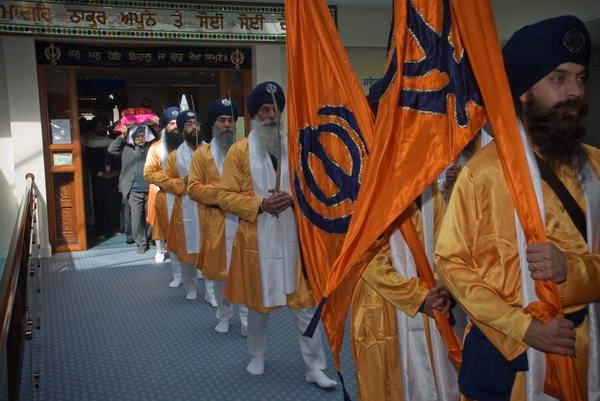
I’d previously photographed the celebrations at most of of the Gurdwaras around London as a part of a larger project on religious celebrations in London, but had somehow missed out on covering the festival in Hounslow.
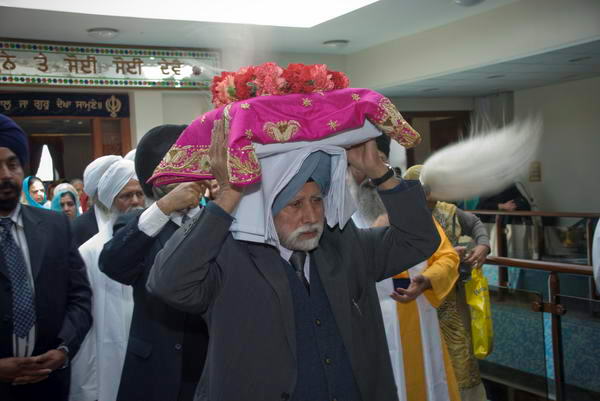

I’d always enjoyed photographing Vaisahki as the Sikhs were always very hospitable – I was made very welcome and guided and encouraged to take photographs and Hounslow was no exception. I wrote a fairly long description of the event on My London Dairy and included some of my personal history in the area where I – and my father – grew up.


The procession began at the Gurdwara Sri Guru Singh Sabha which was built on the site of the dye factory where I had my first full-time job – and where many of the shop-floor workers were Sikh. On the route various people had set up stalls offering free food and soft drinks to everyone in the procession – and I enjoyed their hospitality, but was soon too full to be able to accept more.


It went along streets that were very familiar to me, past the clinic where I was weighed and measured as a baby and my mother was given free orange juice and cod-liver oil (which I didn’t thank them for.) Past the nursery school, Major Drake Brockman’s Academy, from which I was expelled aged 4, past the school my father left in 1913 at the age of 14 (though he wouldn’t recognise it now) on to the Gurdwara Guru Nanak Nishkam Sewak Jatha where the procession halted for more celebrations before continuing back to its starting point.


Much more – and many more pictures at Vaisakhi Celebration in Hounslow
Flickr – Facebook – My London Diary – Hull Photos – Lea Valley – Paris
London’s Industrial Heritage – London Photos
All photographs on this page are copyright © Peter Marshall.
Contact me to buy prints or licence to reproduce.
